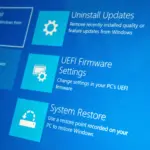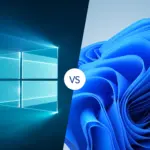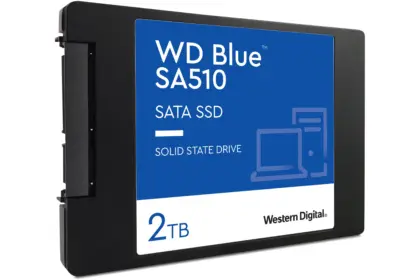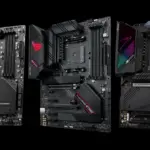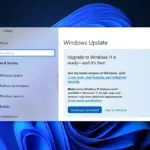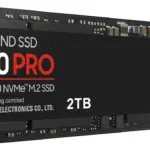Another batch of consumers reporting about issues and crashes after a Windows update. This time, the issue is quite precise but also very aggravating, and it relates to Western Digital SSDs, notably the SN770 and SN580 models. It is scarcely news. These drives appear to be unprepared for the 24H2 update, as seen by the numerous crashes and notorious Blue Screens of Death (BSODs).
Owners of SN770s and SN580s reported all of these issues on Western Digital’s community forums (via TechSpot). The Host Memory Buffer (HMB) appears to be the main source of the issue. Every SSD maintains a map of the locations of data within its flash memory chips, which is updated continuously when new and erased data is added.
While many gaming SSDs are DRAM-less (to lower the price tag) and instead store the map in a small portion of the PC’s system memory, some SSDs include a single DRAM module and store the map in that. Without it, performance suffers while doing several little writes and erases. This is known as the HMB.
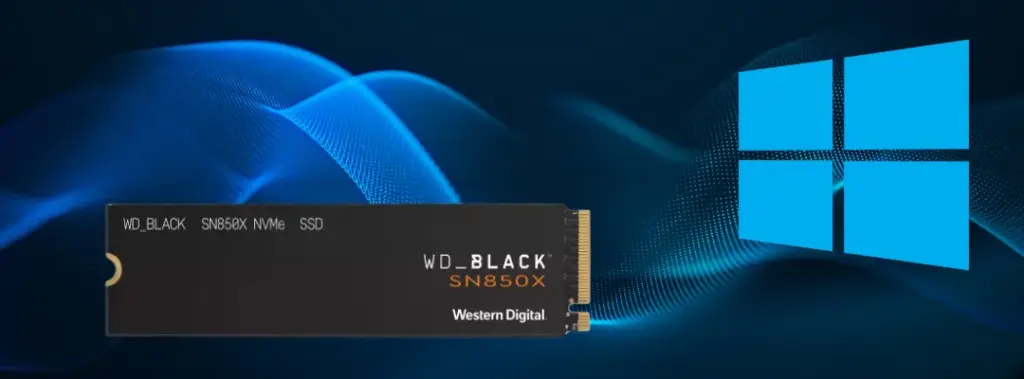
According to what WD SSD owners have been stating, the WD Black SN770 and Blue SN580 appear to adhere to a 64 MB maximum HMB size, although Windows has increased this to 200 MB in the 24H2 update. This value is disliked by the SSD’s firmware, which leads to all of the problems.
The current fixes entail going to the Computer\HKEY_LOCAL_MACHINE\SYSTEM\CurrentControlSet\Control\StorPort area of the Windows registry. The HMBAllocationPolicy entry should be present for owners of SN770/SN580; all that is required is to set the value to zero and then restart. Although this prevents the HMB from being used, it seems to fix the issue.
Other forum users, however, recommend that a figure of two works for them. To restore the operating system to its original 23H2 state, some users simply used Windows’ rollback capability. Naturally, a Microsoft patch and/or a Western Digital firmware upgrade for such SSDs are necessary for the actual solution.
There are a lot of different SSD types that use 64 MB HMB, which is interesting, but I have not heard any complaints about Windows bailing out on those drives yet. We do not know if Microsoft informed all SSD vendors that the default HMB size would be altered in 24H2, therefore I am not saying Western Digital is solely to blame for this.
Not everyone has the option to get the 24H2 update just yet because it is currently being released gradually. However, I strongly advise you to hold off until Western Digital releases a new firmware update for its drives if you do own a WD SN770 or SN580 SSD.



